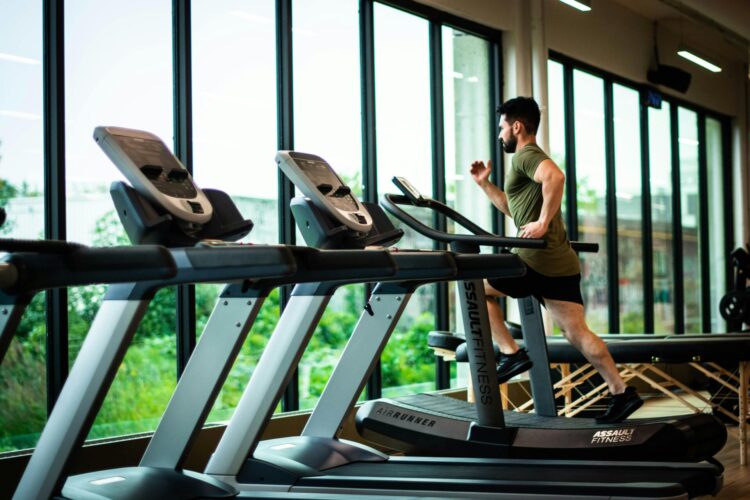Tips to Get Active
- Be active at least 2.5 hours a week to achieve health benefits.
- Focus on moderate to vigorous aerobic activity throughout each week, broken into sessions of 10 minutes or more.
- Get stronger by adding activities that target your muscles and bones at least two days per week.
Tips to Help You Get Active
Choose a variety of physical activities you enjoy. Try different activities until you find the ones that feel right for you.
Get into a routine — go to the pool, hit the gym, join a spin class or set a regular run and do some planned exercise. Make it social by getting someone to join you.
Limit the time you spend watching TV or sitting in front of a computer during leisure time.
Move yourself — use active transportation to get places. Whenever you can, walk, bike, or run instead of taking the car.
Health Benefits
Live longer! Live healthier!
Physical activity is an important part of a healthy lifestyle. Regular physical activity can help to reduce the risk of premature death and chronic diseases such as coronary heart disease, stroke, hypertension, colon cancer, breast cancer, type-2 diabetes and osteoporosis.
Every step counts!
If you’re not active now, adding any amount of physical activity can bring some health benefits. Take a step in the right direction. Start now and slowly increase your physical activity to meet the recommended levels.

Feel better!
Regular physical activity can improve your overall sense of well being by improving fitness levels and self esteem, reducing the effects of stress, increasing energy and contributing to positive mental health.
- Spread your sessions of moderate to vigorous aerobic activity throughout the week. Do at least 10 minutes of physical activity at a time.
- Join a team — take part in sports and recreation activities in groups. You’ll make new friends and get active at the same time.
- Set a goal
- Make a plan
- Pick a time & place
- Every step counts
What is Moderate Aerobic Activity?
Moderate-intensity aerobic activity involves exercises that elevate your heart rate and make you breathe harder. While engaging in this level of activity, you should still be able to carry on a conversation but would find it difficult to sing.
Examples of moderate aerobic activities:
- Brisk walking
- Skating
- Bike riding
What is Vigorous Aerobic Activity?
Vigorous-intensity aerobic activity significantly increases your heart rate and makes you breathe much harder. When performing vigorous activities, you can only say a few words before needing to stop and catch your breath.
Examples of vigorous aerobic activities:
- Running
- Basketball
- Soccer
- Cross-country skiing


What Are Strengthening Activities?
Strengthening activities help build and tone muscles, while bone-strengthening exercises involve your muscles working against your bones, helping them grow stronger.
Examples of muscle-strengthening activities:
- Push-ups
- Sit-ups
- Lifting weights
- Climbing stairs
- Digging in the garden
Examples of bone-strengthening activities:
- Running
- Walking
- Yoga
Is Physical Activity Safe for Everyone?
The recommended level of physical activity is suitable for most adults aged 18-64 years without suspected or diagnosed medical conditions. These guidelines may also apply to pregnant individuals, but it’s best to consult a health professional to determine which types and amounts of physical activity are most appropriate for you.
References


